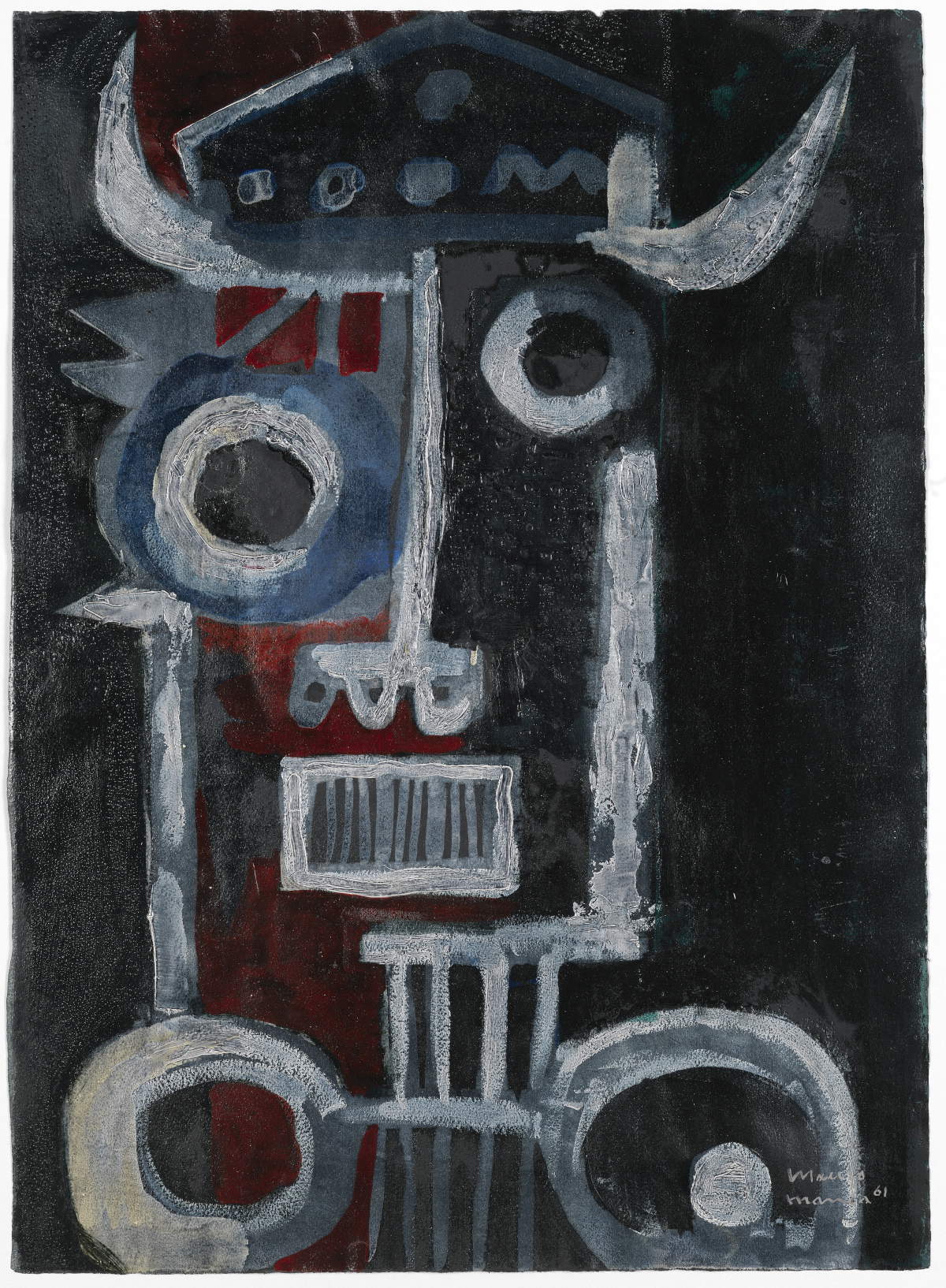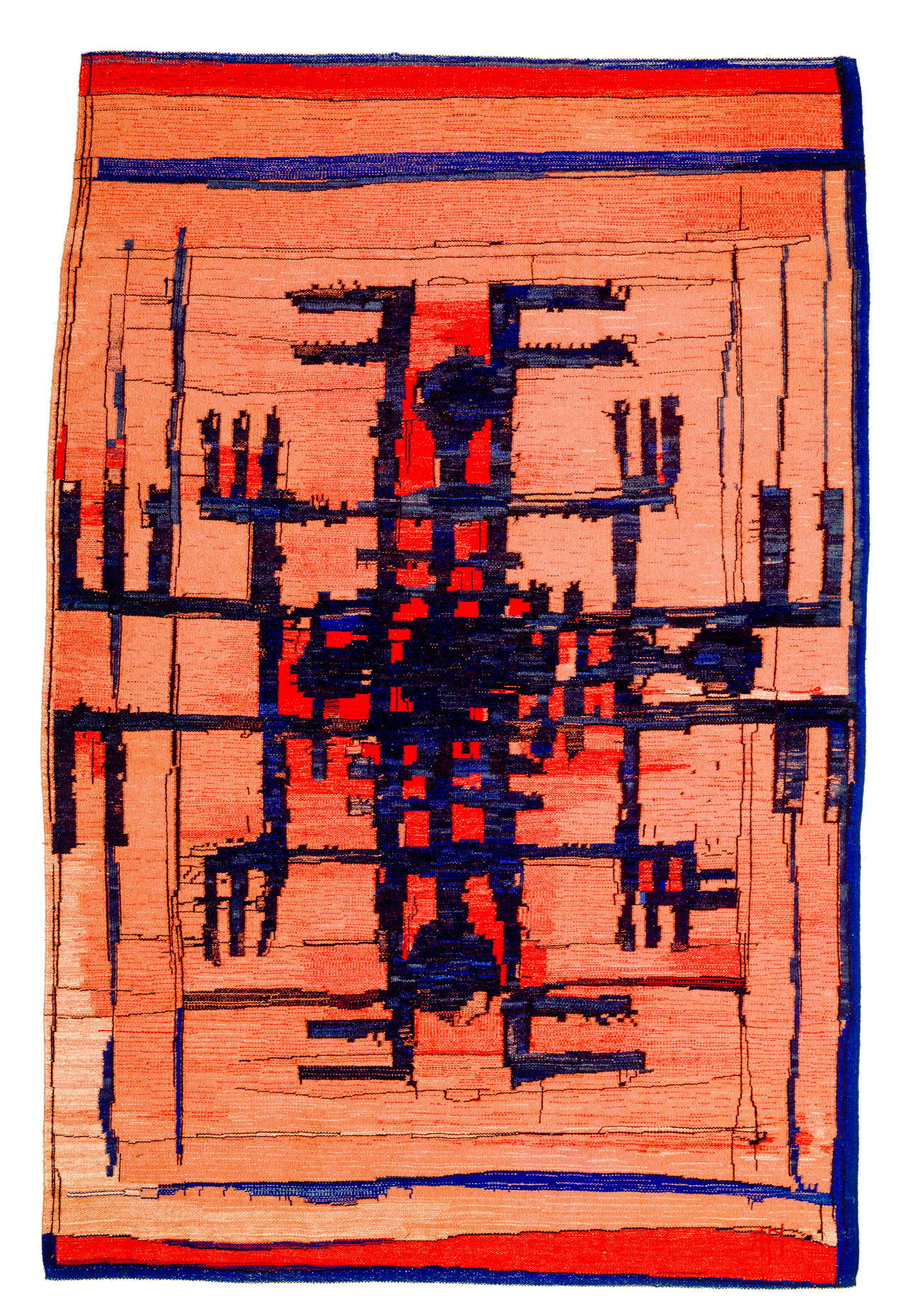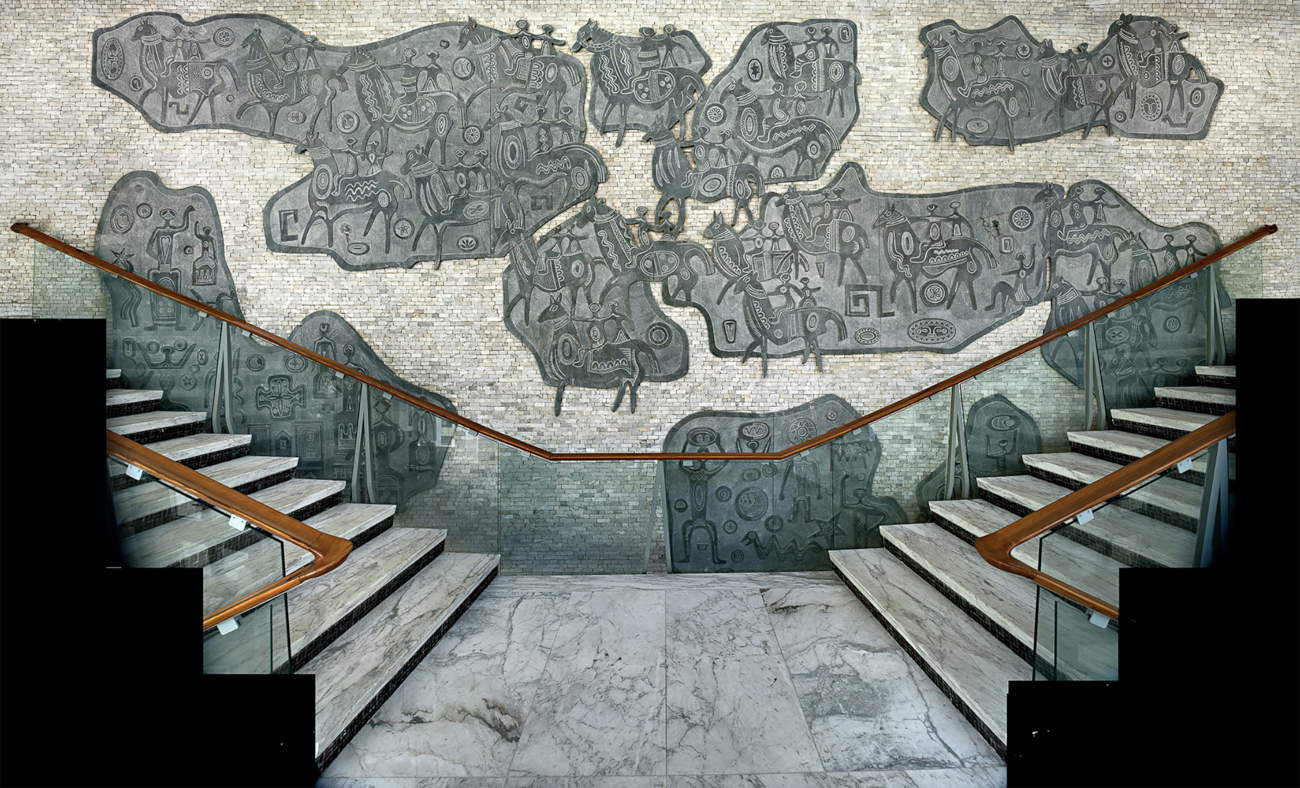The Tavolara Pavilion in Sassari is hosting until July 8, 2024 the exhibition The Nuragic Wave. Art, Crafts and Design to the Test of Prehistory, curated by Giuliana Altea, Antonella Camarda and Luca Cheri, organized by the Nivola Foundation, promoted by the Municipality of Sassari in collaboration with the National Archaeological Museum “Giovanni Antonio Sanna” - Regional Directorate Museums of Sardinia, the University of Sassari and the support of the Fondazione di Sardegna, Bibanca and ARS / Arte Condivisa in Sardegna. The exhibition aims to explore the influence of Nuragic and pre-Nuragic civilizations on twentieth-century and contemporary art and culture in Sardinia, analyzing the reflections of “Nuragic discourse” in various areas of visual production. It examines how this ancient culture has influenced various fields, including painting, sculpture, architecture, design, crafts, audiovisuals, social media and mass culture.
In 1949 and 1950, two exhibitions of Nuragic bronzetti, held at the Opera Bevilacqua La Masa in Venice and the Galleria Nazionale d’Arte Moderna in Rome, brought Sardinian prehistory to the attention of international culture. This represented the culmination of a rediscovery begun as early as the 19th century by scholars and travelers, and later stimulated by excavation campaigns conducted in the first half of the century. The 1949-50 exhibitions, curated by Giovanni Lilliu and Gennaro Pesce, marked a turning point in both archaeological discoveries and their use for ideological purposes. The Nuragic bronzes attracted the attention of the public and the media not only for their historical importance, but also and especially for their extraordinary aesthetic beauty. Moreover, the discovery in 1951 of the imposing Nuragic palace of Barumini in the south of the island further helped elevate the ancient inhabitants of Sardinia as a model for present generations.
In the 1950s, Sardinian artists and intellectuals found in the Nuragic civilization a strong ideological reference, which contributed to the construction of a new regional identity. This gave rise to a definite iconographic strand that persisted until the 1960s, later reinventing itself in the postmodern and contemporary era. The evolution of this theme was influenced by the impact of tourism, the spread of New Age cultures, the No Global and Neo Global movements, the emergence at the scientific level of a renewed interest of scholars, including at the international level, and the phenomenon of fanta-archaeology in the field of costume.
The Nuragic Wave kicks off with the first phase of modern rediscovery of pre-Nuragic and Nuragic culture. It starts from the excavations conducted in the late 19th and early 20th centuries by archaeologist Antonio Taramelli, to those of Giovanni Lilliu, one of the most influential scholars of ancient Sardinia. The narrative unfolds through documents, photographs and manuscripts, beginning with the Ethnographic Exhibition in Rome in 1911, organized for the Fiftieth Anniversary of the Unification of Italy, and continuing with the two exhibitions held in Venice and Rome between 1949 and 1950, and the post-World War II highlighting of the Barumini site.
Based on Lilliu’s theories, which emphasized the idea of an artistic continuity between the Nuragic period and the contemporary age, many artists of the 1950s and 1960s were inspired by forms, themes and iconographies of Sardinian prehistory. These included Mauro Manca, Ausonio Tanda, Giovanni Nonnis, Franco d’Aspro and Maria Lai. Costantino Nivola, from his transatlantic station, distinguished himself as one of the forerunners of this trend, even influencing such leading figures in twentieth-century architecture as Le Corbusier and Franco Albini. Ceramics became a particularly fertile field for the application of Nuragic motifs by artists and craftsmen such as Federico Melis, Melkiorre Melis, Giuseppe Silecchia, Gavino Tilocca and Aldo Contini. Moreover, Nuragic suggestion extended to the field of jewelry, as highlighted in the exhibition through a focus on Sassari goldsmith Salvatore Puggioni.
With the rise of the Costa Smeralda and the transformation of Sardinia into a leading tourist destination, beginning in the mid-1960s, nuragic and pre-nuragic heritage became a source of inspiration for a vast production of tourist objects. This production ceaselessly reworks traditional forms and motifs, such as the Mediterranean mother, the warrior, the archer and others, ranging from more or less faithful reproduction to free reinterpretation, even with humorous and grotesque overtones.
In the 1980s, interest in the Nuragic world returns vividly, freed from philological constraints and in tune with the maximalist aesthetic of the decade. A spectacular example is Aldo Rossi’s extraordinary series of Nuragic carpets, the result of a collaboration with ARP Studio and made by Mariangela Cubadda and the Weavers of Zeddiani-from the Bibanca collection. These carpets feature distorted and deformed warrior figures, along with an expressionist deconstruction of architecture. In the field of ceramics, the fantastic impulse gives life to brightly colored primordial monsters in the works of masters such as Pulli, Sciannella, Scassellati, De Gonare, and Demurtas.
With the advent of the new century, a trend toward formal simplification and a return to the historical sources of the Nuragic and pre-Nuragic emerges. This manifests itself both through the creation of faithful reproductions (such as those of Carmine Piras and the Villa Abbas Cooperative) and through the invention of contemporary design inspired by the island’s remote past. Artists such as Francesca Addari, Monica Casu, Domenico Cubeddu, Giampaolo Mameli, Fernando Mussone, Maria Paola Piras, Pretziada and Monica Scassellati embody the latter trend. The exhibition concludes with the evocative video De Innui Ses, shot in Barumini for Antonio Marra’s Fall-Winter 2021 fashion show, evoking an archaic and seductive Sardinia.
Accompanying the exhibition is a rich program of public events and workshops, organized in collaboration with the University of Sassari, as part of the “Tourism and Cultural Heritage” Spoke funded by the National Recovery and Resilience Plan.
For more info: https://museonivola.it/
Hours: Tuesday through Sunday from 10 a.m. to 8 p.m. nonstop. Closed Mondays.







 |
| How has nuragic civilization influenced 20th century and contemporary art in Sardinia? An exhibition in Sassari |
Warning: the translation into English of the original Italian article was created using automatic tools. We undertake to review all articles, but we do not guarantee the total absence of inaccuracies in the translation due to the program. You can find the original by clicking on the ITA button. If you find any mistake,please contact us.